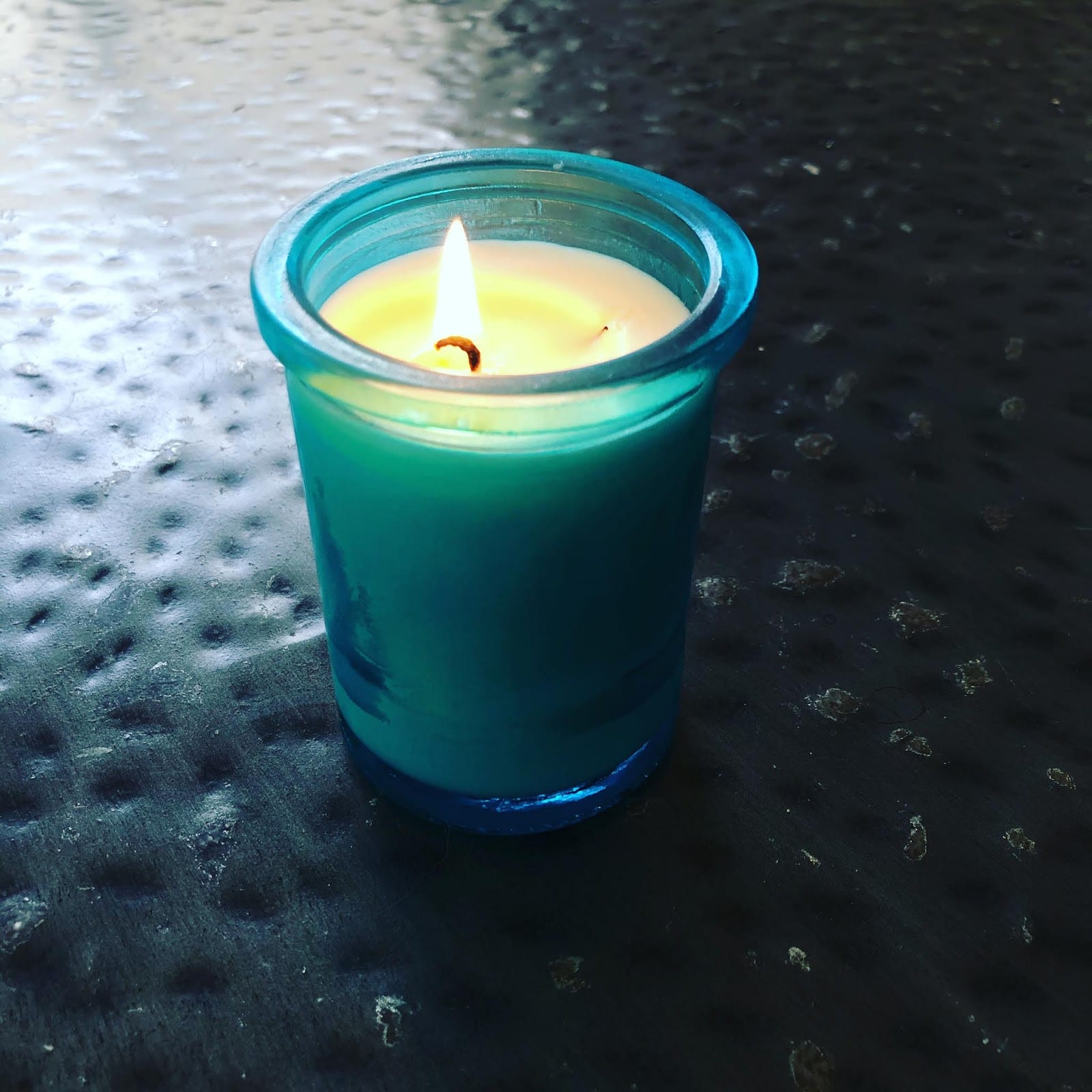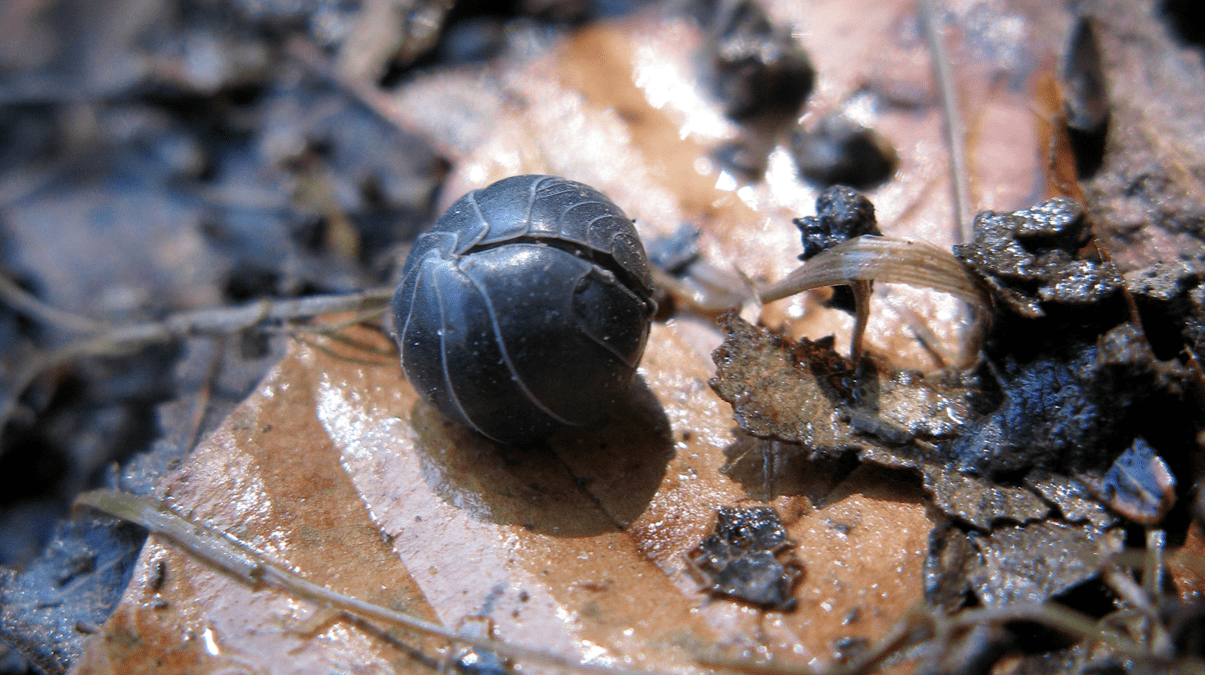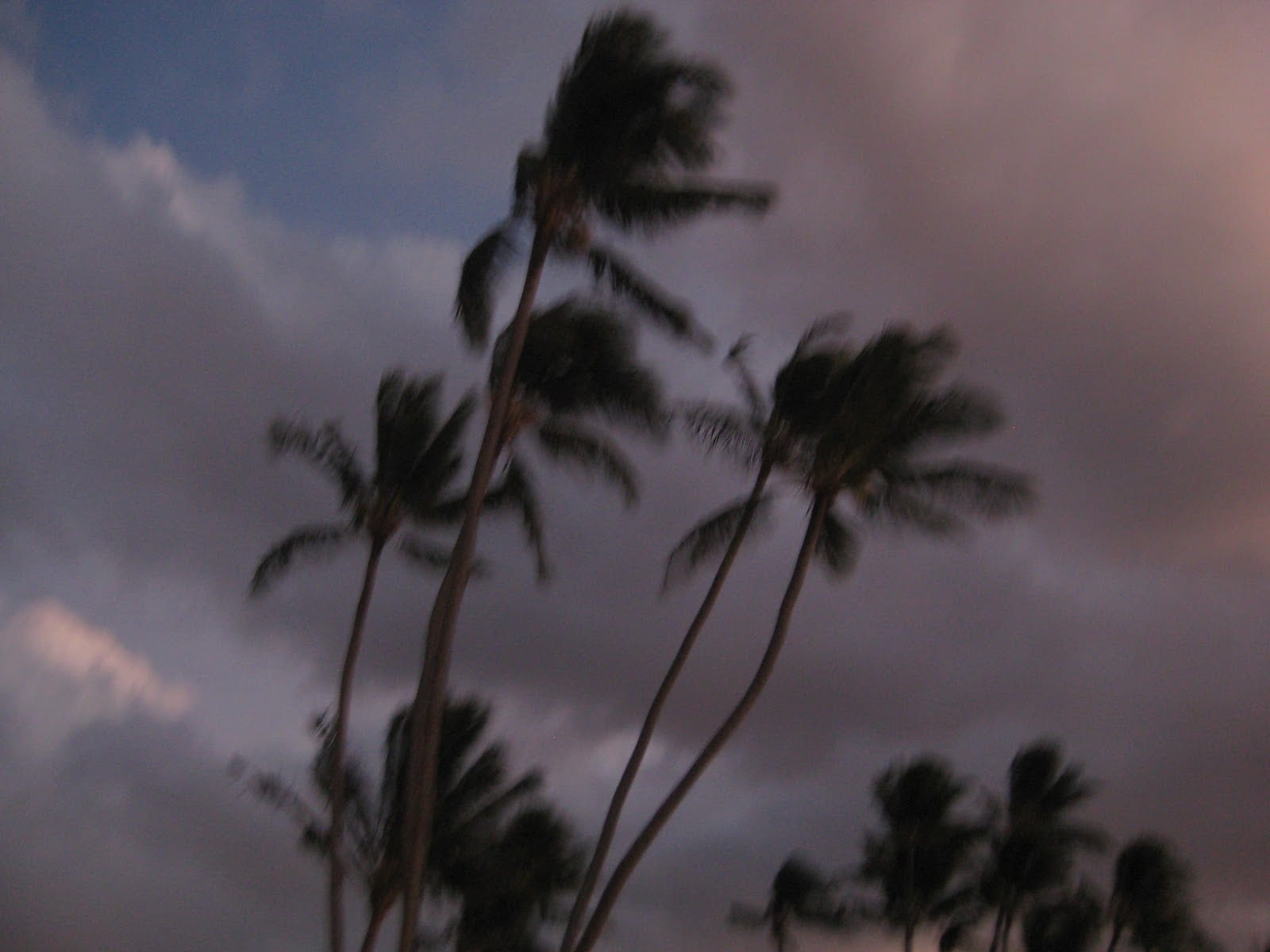 |
| Image Description: blue candle holder with lit candle sitting on a metal table top |
I have been thinking a lot about rage lately. About how we hold it and offload it, about who ends up being the container for it and what it feels like and how much energy it possesses.
Rage is the product of anger and fear suppressed. It is borne of a feeling of powerlessness. In my own life, it has shown up as the result of childhood molestation, gaslighting, and a lack of agency or ability to change my circumstances. It multiplies in dark places, building on itself until it can no longer be contained, and it is this aspect of rage that I find the most compelling. It is also where I see the most possibility.
Men like Harvey Weinstein who have massive quantities of rage seek to dispel that energy at some point. No being can walk around and function while they hold that storm within them. And as women (or those with feminine qualities) are seen as the containers for emotion in our society, it follows that men like him would seek to literally insert their rage in to the women around them, the women they see as the perfect vessels to hold their rage. These kind of men tend to hold their rage as long as they can and then expel it outward in violent acts, often toward women.
We have even, in many cases, normalized that response. The Australian ex-rugby player who killed his wife and children last week prompted an outpouring of grief and shock, but also comments from men like “he must have been pushed over the edge” or “she took his children away from him” as though it was somehow understandable that a man would discharge his feelings in a way that destroys the lives of people he purported to love.
If I think about the archetypal feminine and masculine (not gender, but the qualities we have ascribed to the Feminine and the Masculine), so much of how we address our rage is in line with those energies. Masculine energy is associated with linear thinking, decisive action, control and competition. Feminine energy is about nurturing, creativity, emotions and collaboration. Our culture has embraced those notions along gender lines and it is killing us.
The problem with rage (and energy, in general) is that you can’t let it go or give it over to someone else entirely. If you don’t transform it in some way, the seeds of it will continue to live within you and grow again. It is why men who assault others don’t often stop – the issue hasn’t resolved itself. It is why some men choose suicide – often after they’ve killed others. It is why most men choose methods of suicide that are loud and outrageous. These men have embraced the notion that transforming their rage by processing it, feeling it, talking about it, examining it is unacceptable, not masculine. And if you don’t know how to morph it in to something else, but you don’t want to feel it anymore, you have to try and get rid of it. And if our culture has told us that it is acceptable for men to be outwardly expressive and show their anger, and that women are the nurturers, the carers, the containers, it somehow feels ok for men to offload their rage on to women.
The human body is not designed to hold emotion or energy. If it were, we wouldn’t have to continue breathing or eating to sustain ourselves. We wouldn’t have to find a bathroom every few hours in order to eliminate the things that aren’t necessary. When we hold on to rage, trying to contain its energy within us is destructive. It continues to ping around in our bodies and brains, wreaking havoc. Even if we think we can wall it off, it sits inside us like a coiled cobra, muscles quivering, senses alert, ready to strike.
Rage makes us hyper-focus on control – the masculine energy seeks to control others, and the feminine energy seeks to control itself. Female rage often turns to depression, anxiety, dissociation. Male rage often turns to violence. And when that energy is offloaded, it multiplies like one candle lighting another. Energy can neither be created nor destroyed. But it can be transformed, and until we begin recognizing the rage we carry and learn how to transform it, we will all continue to swim in it. It is and will continue to be the legacy of toxic masculinity, perpetuating physical and sexual abuse, domestic violence, shame and isolation. Excavating rage, examining it, owning it, and alchemizing it in to something that can be used to build rather than destroy is freeing. When I have taken the time and done the hard work it takes, I feel free, light, strong. The space that rage used to inhabit becomes a place for hope and optimism, and the energy builds connections that end up serving the collective. It is on each of us to do our own work, but we can create a culture where the work is important and necessary and normalized for all of us if we begin to recognize the power of rage and just how much of it we are all carrying.




